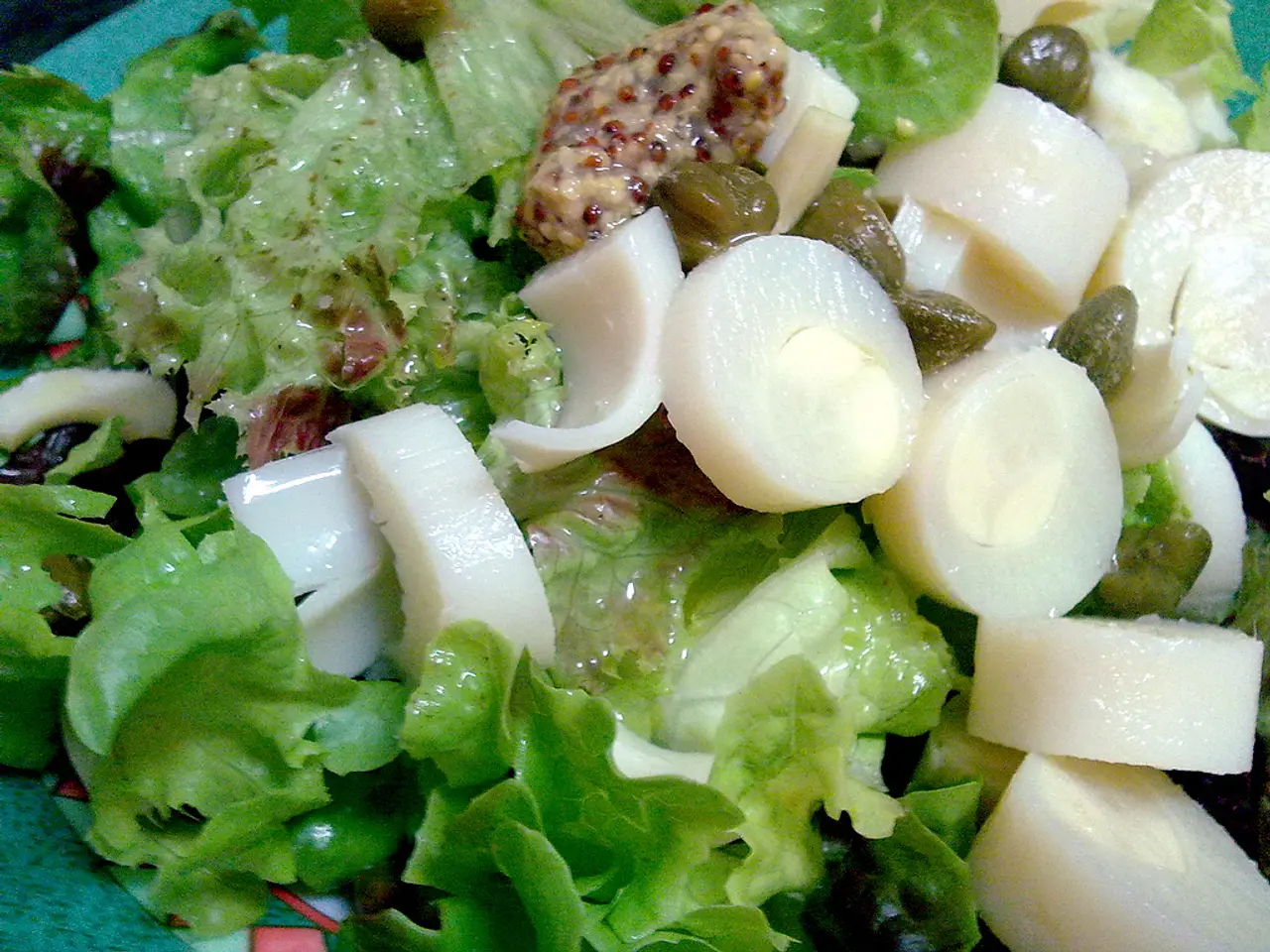Planting Season for Lettuce in Michigan: Ideal Timing and Advice
**Growing Lettuce in Michigan: A Comprehensive Guide**
For gardeners in Michigan, growing lettuce is a rewarding endeavour that can be achieved with a little planning and the right knowledge. Understanding the USDA Hardiness Zones and seasonal timing is crucial for optimising growth.
Michigan primarily spans zones 4 to 6, with zone 5 being quite common. Let's explore the recommended planting times for each zone to ensure a bountiful harvest.
**Zone 3 (Northern Michigan)**
In this zone, lettuce is recommended to be direct-sown outdoors in July as a quick cool-season crop. It benefits from the cooler late summer and early fall before the first frost arrives around early to mid-September.
**Zone 5 (Southern and Central Michigan)**
For zone 5, it is best to start lettuce indoors towards the end of winter or very early spring after the last frost, or direct sow outdoors once the risk of frost has passed. Lettuce thrives in cool seasons, so planting can also be done in late summer for a fall harvest before the first frost in mid to late October.
**General Planting Guidance**
Lettuce grows best in temperatures between 45°F and 75°F (7°C to 24°C). Plantings should be timed to avoid the hottest part of summer. For spring planting, wait until the danger of frost is over to start seeds outdoors, or start indoors before transplanting.
**Soil Preparation and Planting Techniques**
Soil should be loose, well-draining, and rich in organic matter. Adding compost improves fertility and moisture retention which lettuce prefers. Direct sowing is effective, especially for quick maturing varieties like loose leaf lettuce. Seeds can be scattered in rows or blocks for easier harvesting.
Providing afternoon shade or planting in partial shade can protect lettuce from too much heat, which causes bolting (premature flowering) and bitterness. Keep soil consistently moist but not waterlogged, as lettuce has shallow roots that need steady moisture. Starting seeds indoors and transplanting seedlings after they are sturdy can improve survival and timing.
**Pest Management and Maintenance**
Lettuce is susceptible to various pests like aphids, slugs, and flea beetles. Row covers, neem oil, insecticidal soap, and beer traps can be used for pest management. Regularly checking for and removing weeds by hand or using a hoe is important to keep the beds tidy and prevent competition from weeds.
Mulching with organic mulch like straw or grass clippings helps retain soil moisture and suppress weeds, making maintenance easier and promoting healthy growth. Succession planting of lettuce involves planting seeds at intervals every two to three weeks to ensure a continuous harvest throughout the growing season.
**Harvesting and Post-Harvest Care**
Proper harvesting techniques include cutting the outer leaves rather than the whole plant, using a sharp knife or garden scissors, and harvesting in the early morning. Water immediately after transplanting to help settle the roots. Choosing a mix of different lettuce varieties helps stagger maturation times and maintain variety in the garden.
For post-harvest handling and storage, rinse the lettuce leaves under cool water, pat them dry with a paper towel, seal the container, and store lettuce in the crisper drawer of the refrigerator at a cool temperature (32 to 36°F or 0 to 2°C) to maintain freshness and extend shelf life.
In summary, for Michigan’s climate, plant lettuce in early spring after frost for a spring crop, or direct sow in mid to late summer in cooler parts of the state like zone 3 for a fall harvest. Proper soil enrichment, moisture management, and shade during warmer days will maximize healthy growth and yield. Happy gardening!
[1] MSU Extension - Growing Lettuce in Michigan: https://msue.anr.msu.edu/news/growing_lettuce_in_michigan [2] MSU Extension - Vegetable Gardening in Michigan: https://msue.anr.msu.edu/news/vegetable_gardening_in_michigan [3] University of Illinois Extension - Lettuce: https://web.extension.illinois.edu/cfivt/vegetables/lettuce.cfm [4] National Gardening Association - Lettuce: https://www.gardeningknowhow.com/edible/vegetables/lettuce/growing-lettuce.htm [5] University of Maine Cooperative Extension - Companion Planting: https://extension.umaine.edu/publications/8414e/
Transplanting seedlings can be beneficial when starting lettuce indoors during the cold seasons, as it allows for a head start before transferring them to the home-and-garden once the soil temperature is suitable and the risk of frost has passed. Properly caring for transplanted seedlings involves providing adequate shade during warmer days, ensuring moist but not water-logged soil, and using a sharp knife or garden scissors to harvest the outer leaves to minimize stress on the plant.




